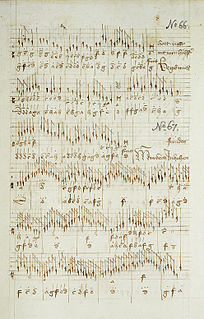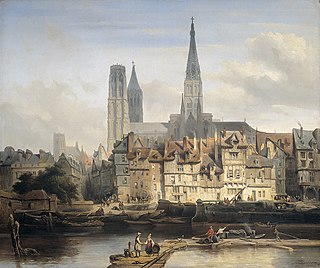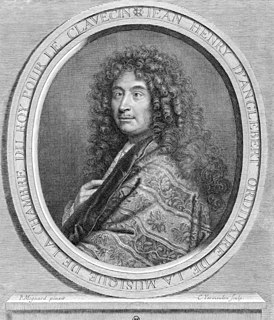Mikołaj z Chrzanowa (1485–1562) was a Polish composer and organist of the Renaissance.

Renaissance music is vocal and instrumental music written and performed in Europe during the Renaissance era. Consensus among music historians has been to start the era around 1400, with the end of the medieval era, and to close it around 1600, with the beginning of the Baroque period, therefore commencing the musical Renaissance about a hundred years after the beginning of the Renaissance as it is understood in other disciplines. As in the other arts, the music of the period was significantly influenced by the developments which define the Early Modern period: the rise of humanistic thought; the recovery of the literary and artistic heritage of Ancient Greece and Ancient Rome; increased innovation and discovery; the growth of commercial enterprises; the rise of a bourgeois class; and the Protestant Reformation. From this changing society emerged a common, unifying musical language, in particular, the polyphonic style of the Franco-Flemish school, whose greatest master was Josquin des Prez.
Little is known about his early life, but he was a student at the Kraków Academy in 1507, receiving his baccalaureate in 1513. In 1518 he became organist at Wawel Cathedral, a post he held until his death. In addition to his duties as an organist, he directed the cathedral choir—the Kapela Rorantystów—and supervised the construction of organs (for example, he traveled to Biecz in 1543 to oversee the work there).
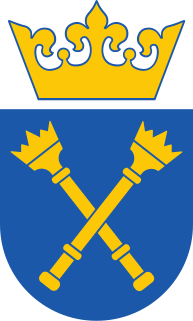
The Jagiellonian University is a research university in Kraków, Poland.
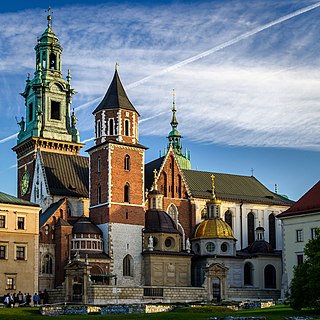
The Royal Archcathedral Basilica of Saints Stanislaus and Wenceslaus on the Wawel Hill, also known as the Wawel Cathedral, is a Roman Catholic church located on Wawel Hill in Kraków, Poland. More than 900 years old, it is the Polish national sanctuary and traditionally has served as coronation site of the Polish monarchs as well as the Cathedral of the Archdiocese of Kraków. Karol Wojtyla, who in 1978 became Pope John Paul II, the day after his ordination to the priesthood, offered his first Mass as a priest in the Crypt of the Cathedral on 2 November 1946, and was ordained Kraków's auxiliary bishop in the Cathedral on 28 September 1958.

Biecz is a town and municipality in southeastern Poland, in Lesser Poland Voivodeship, Gorlice County. It is in the Carpathian Mountains, in the Doły Jasielsko-Sanockie, by the Ropa River. Due to its rich history, it is often referred to as "little Kraków" or the "pearl of the Carpathians." The many preserved medieval city walls and buildings have also given rise to the nickname "Polish Carcassonne."
His only known work is a motet, Protexisti me, Deus, which survives in tablature notation in the 16th-century Wawel Part-Books. A later organ tablature of the same composition appears in the Łowicz Organ Tablature of 1580, with the initials N.Ch. which are presumed to indicate the composer. [1]
In western music, a motet is a mainly vocal musical composition, of highly diverse form and style, from the late medieval era to the present. The motet was one of the pre-eminent polyphonic forms of Renaissance music. According to Margaret Bent, "a piece of music in several parts with words" is as precise a definition of the motet as will serve from the 13th to the late 16th century and beyond. The late 13th-century theorist Johannes de Grocheo believed that the motet was "not to be celebrated in the presence of common people, because they do not notice its subtlety, nor are they delighted in hearing it, but in the presence of the educated and of those who are seeking out subtleties in the arts".

